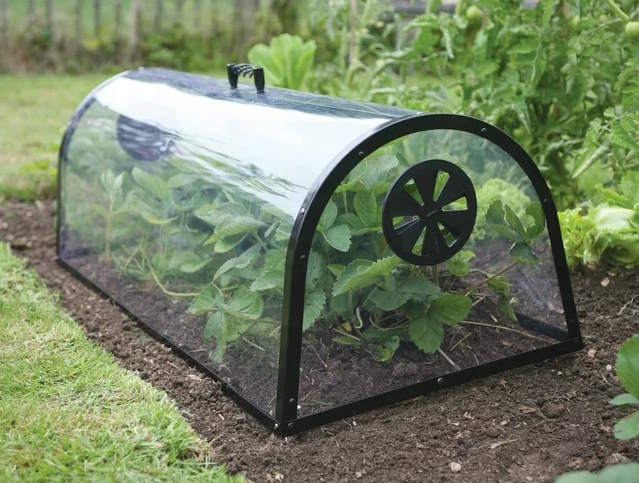7 vegetables to plant in March – crops to sow indoors, or even outdoors, this month
The sowing season ramps up in March, see what you should be sowing for your vegetable garden

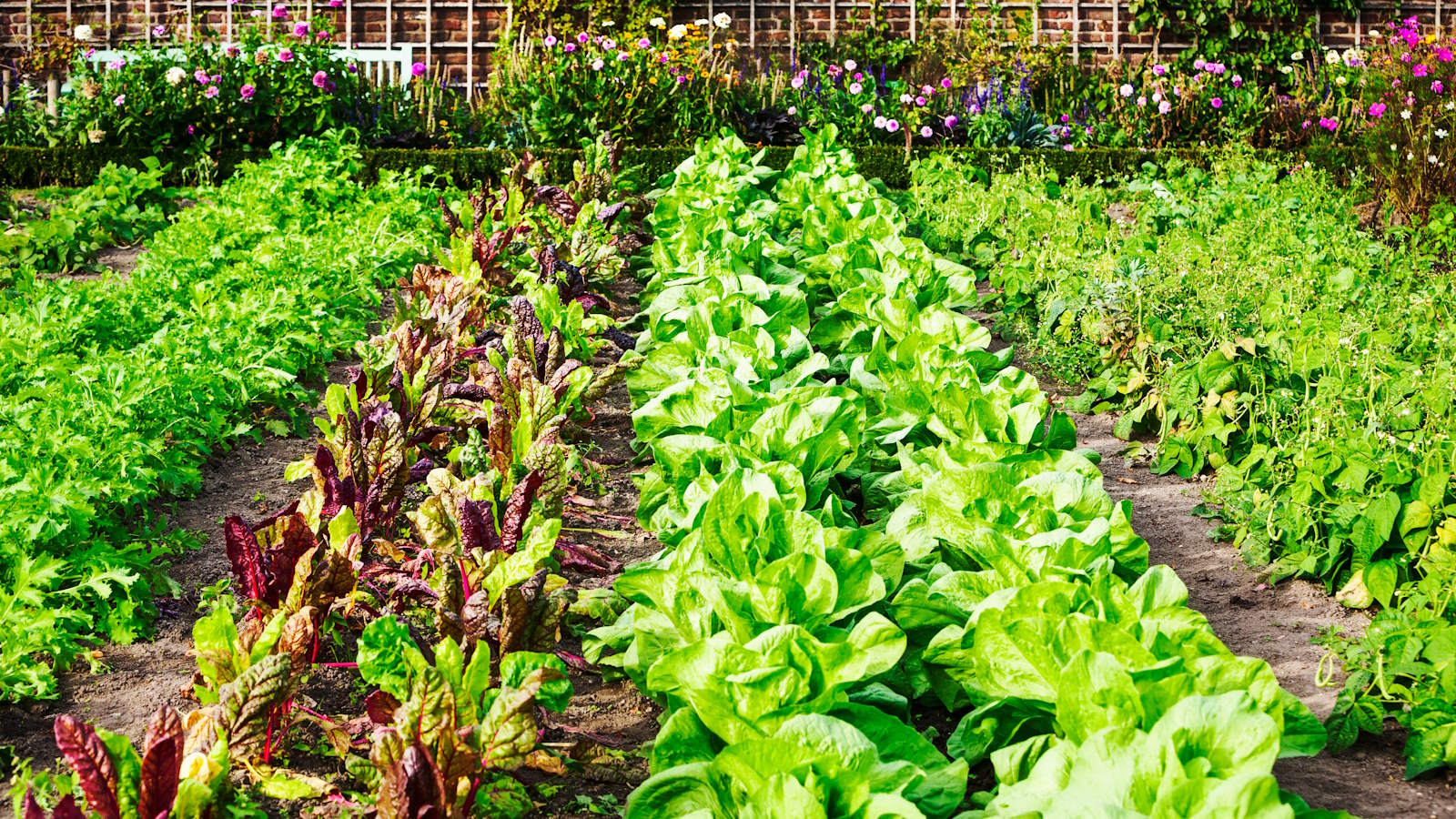
March is a great time of year to start sowing many vegetables, as the heat and light levels increase. It may still be too cold to sow directly outside in some climates, especially for the first half of the month, but there are still lots of crops that can be started indoors too.
After a relatively slow January and February, March was always the time when my seed sowing schedule started to rapidly grow in size when I was growing vegetables at work. Brassicas, roots, alliums, and more, can all be planted in March and the crops highlighted here all featured on my sowing plans for the month of March over the years.
Lots of vegetables you could plant in February can also continue to be sowed in March. This month is still a good time to sow tomatoes, cucumbers, Swiss chard, peas, and kohlrabi into trays or pots indoors. As well as those crops, you may also consider planting the following seven vegetables in March.

Where to sow vegetables in March
Where and when to plant vegetables in March will depend on your climate, and also your set-up. Lots of growers may still be restricted to starting vegetable seeds indoors to have young plants ready to go out in the vegetable garden when the risk of frosts passes.
Those with beds in greenhouses and polytunnels will be able to sow directly, while growers in milder US hardiness zones can start sowing seeds outdoors in March. Refer to seed packets, or check online, to see recommended germination times and temperatures and discover the particular advice for your climate.
1. Beets
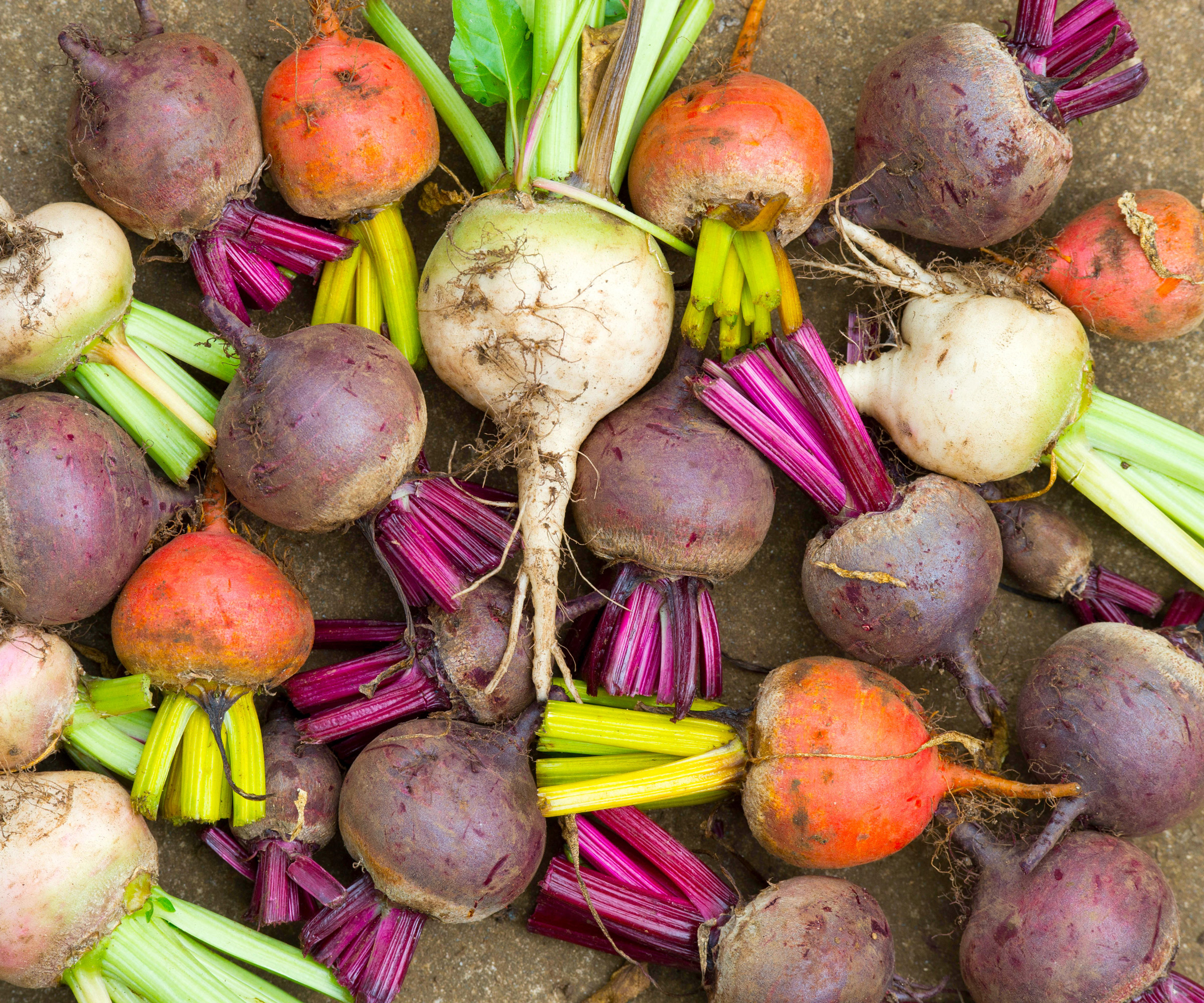
Beets are a really easy vegetable to grow and you can get a long harvest of beets with a bit of planning and by utilizing successional planting.
Most people think of the classic deep red globe-shaped beets, but may not realize that you can grow beets of different colors and shapes. I particularly like the yellow golden beets, while chefs I grew crops for were fans of long-shaped beets.
Design expertise in your inbox – from inspiring decorating ideas and beautiful celebrity homes to practical gardening advice and shopping round-ups.
Depending on your climate, beets can either be started indoors or outdoors in March. Beets have lower germination temperatures compared to lots of other veg and can shoot as low as 50°F.
Once the soil warms in late March, you will be able to sow directly. It is possible to use cloches or horticultural fleece to increase the soil temperature ready for sowing.
Alternatively, you can plant beets into module trays indoors ready to transplant seedlings outside once the soil warms. The best varieties for planting beets earlier in the year is bolt-resistant varieties such as Beet ‘Boltardy’, with seeds available at True Leaf Market
2. Brussels sprouts
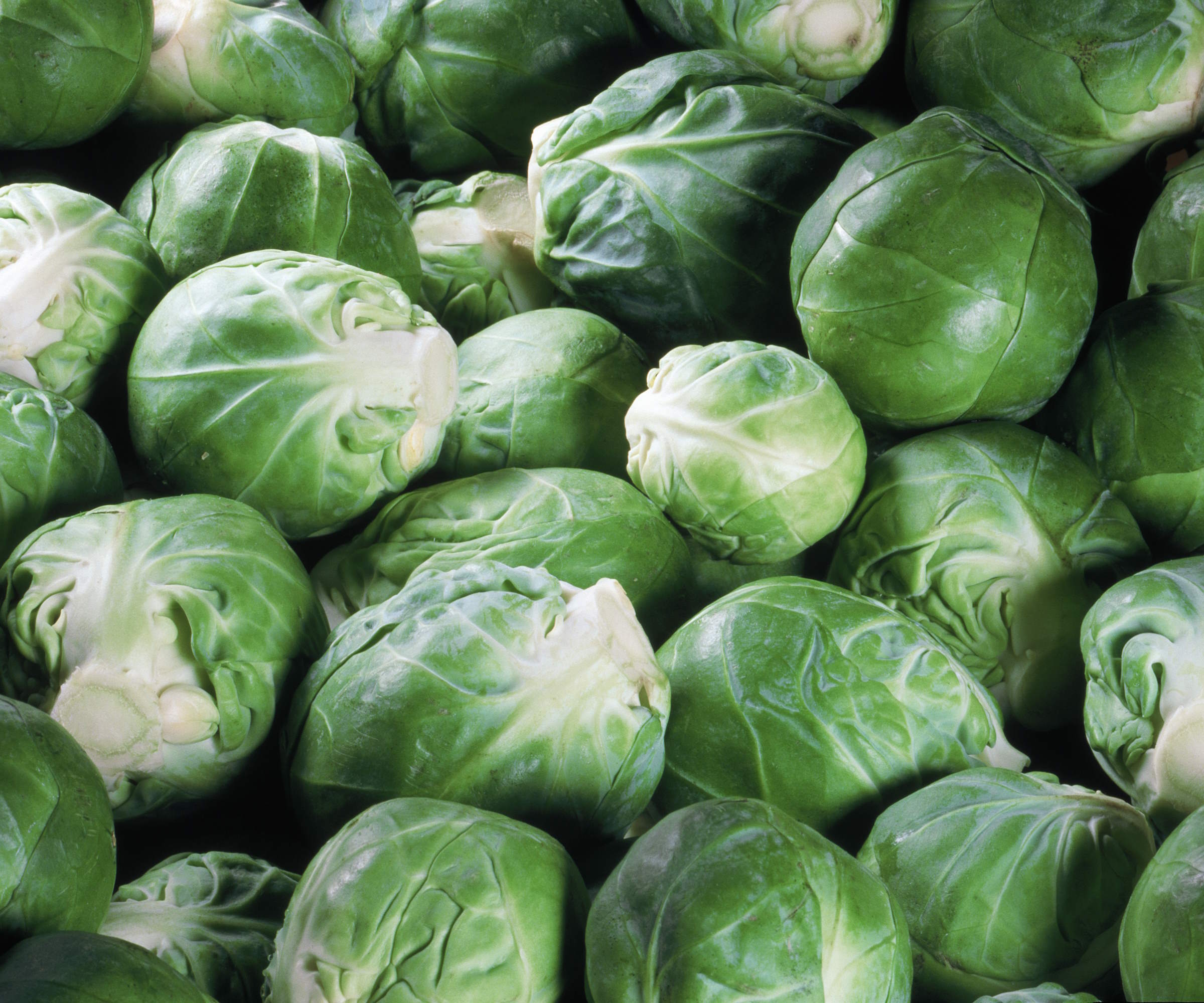
Brussels sprouts need a long growing season to produce those tall stalks of spherical sprouts that grace many people’s Christmas plates. To grow Brussels sprouts, you need to start thinking in late winter or early spring about sowing the seeds.
Seeds can be sown in March indoors in colder climates and, as the brassica doesn’t need lots of extra heat to germinate, this can be done in an unheated greenhouse or in a cold frame.
Sow seeds half-an-inch deep into pots or modules filled with a good quality seed compost and germinate them at temperatures above 50°F. If the soil has warmed sufficiently in March - you could check with a soil thermometer, available at Amazon - then you can plant Brussel sprouts seeds directly into the soil.
You can see the range of Brussels sprouts seeds at Burpee
3. Carrots

Carrots are a hugely popular vegetable to grow and there are lots of varieties to choose from. Early varieties of carrots can be sown in March. Carrots are a crop that do need to be direct sown into the garden, rather than started indoors and transplanted outside.
The earliest sowings of carrots can take place in early spring, around three weeks before the last frost date. The ideal soil temperature to germinate carrots is 50-80°F - the seeds can germinate as low as 40°F but will be a lot slower - and the first carrot plantings should be done under the protection of cloches or fleece.
Sow the small seeds around an inch apart in drills 6 inches apart and thin the seedlings to 2 inches apart once germinated.
You can see the range of carrot seeds at True Leaf Market
4. Dino kale

If you do ever grow kale you will likely know there are many different types to grow, with various colors, sizes, and leaf shapes.
I would always recommend growing dino kale, also known as cavolo nero or tuscan kale, for its dark and strap-shaped foliage that has a distinctive bumpy texture. It is another crop that was highly-sought after by chefs that I grew vegetables for.
Start this brassica off in an unheated greenhouse in March by sowing a couple of seeds into modules or small pots - with the view to thinning to one strong seedling. Cover the seeds with a fine layer of more compost or vermiculite and they should germinate fairly quickly.
Keep the young plants moist, but not waterlogged, and they should be ready to go out into the garden come late spring or early summer.
5. Leeks
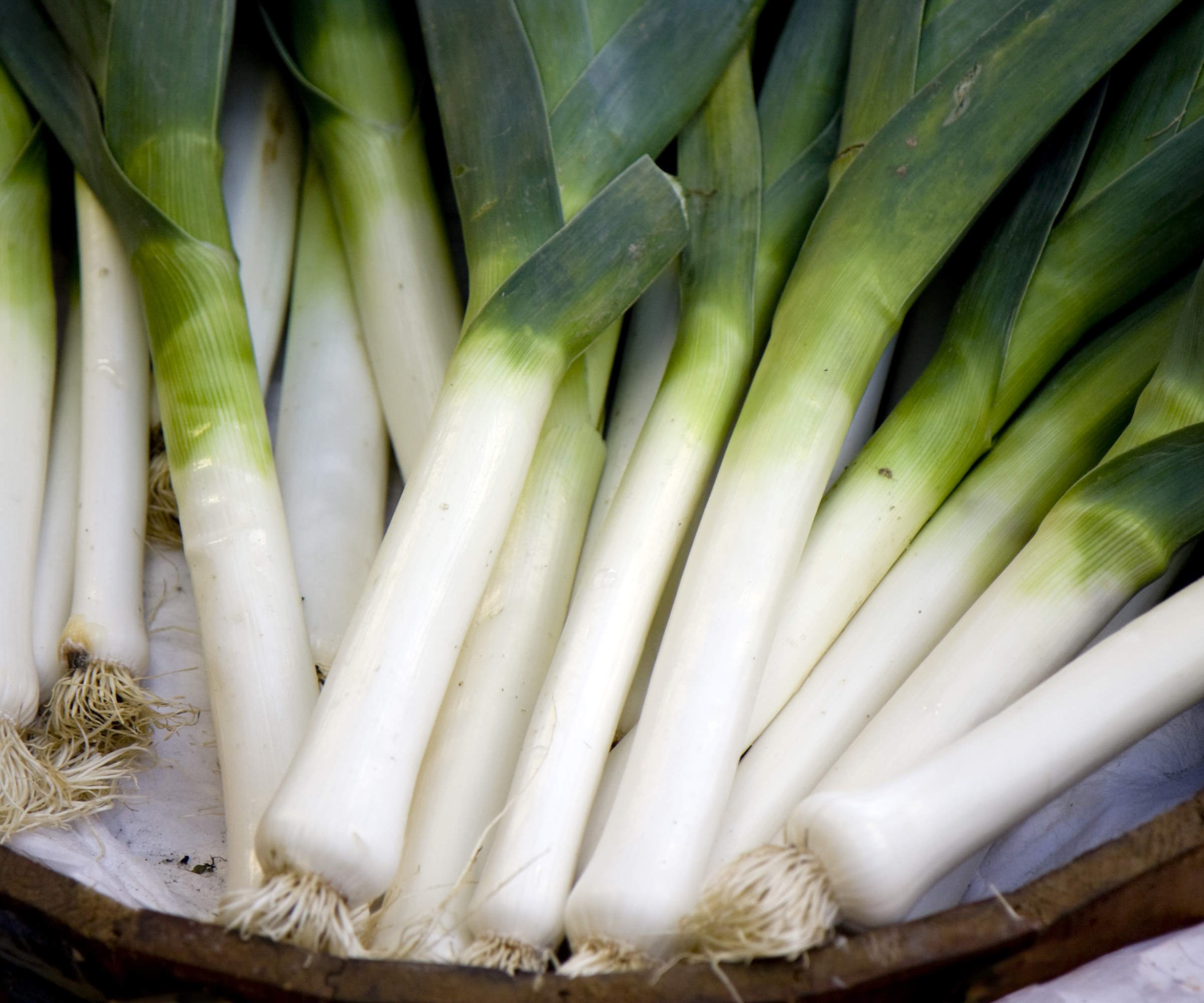
When growing leeks, different types come as early and late varieties and, by growing both types, you can have a really long harvest of leeks. The earlier varieties of leeks can be sown in March, either indoors or outdoors.
I have regularly started leeks indoors by sowing them into trays, or even shallow crates, filled with a good potting mix. The seedlings tend to germinate within a couple of weeks and the young leek plants are then transplanted directly out into the kitchen garden when they are 6-8 inches tall and the size of a pencil.
Leeks can also be sown outdoors later in March directly into drills in the garden and are then transplanted from this seed bed into their final position come late spring or early summer. Sowing leeks in late winter can give you early crops of delicious leeks from late summer onwards.
Leek 'Dawn Giant', available at Burpee, is a fantastic option for a leek you can sow directly in the ground in early spring for large summer harvests.
6. Lettuce
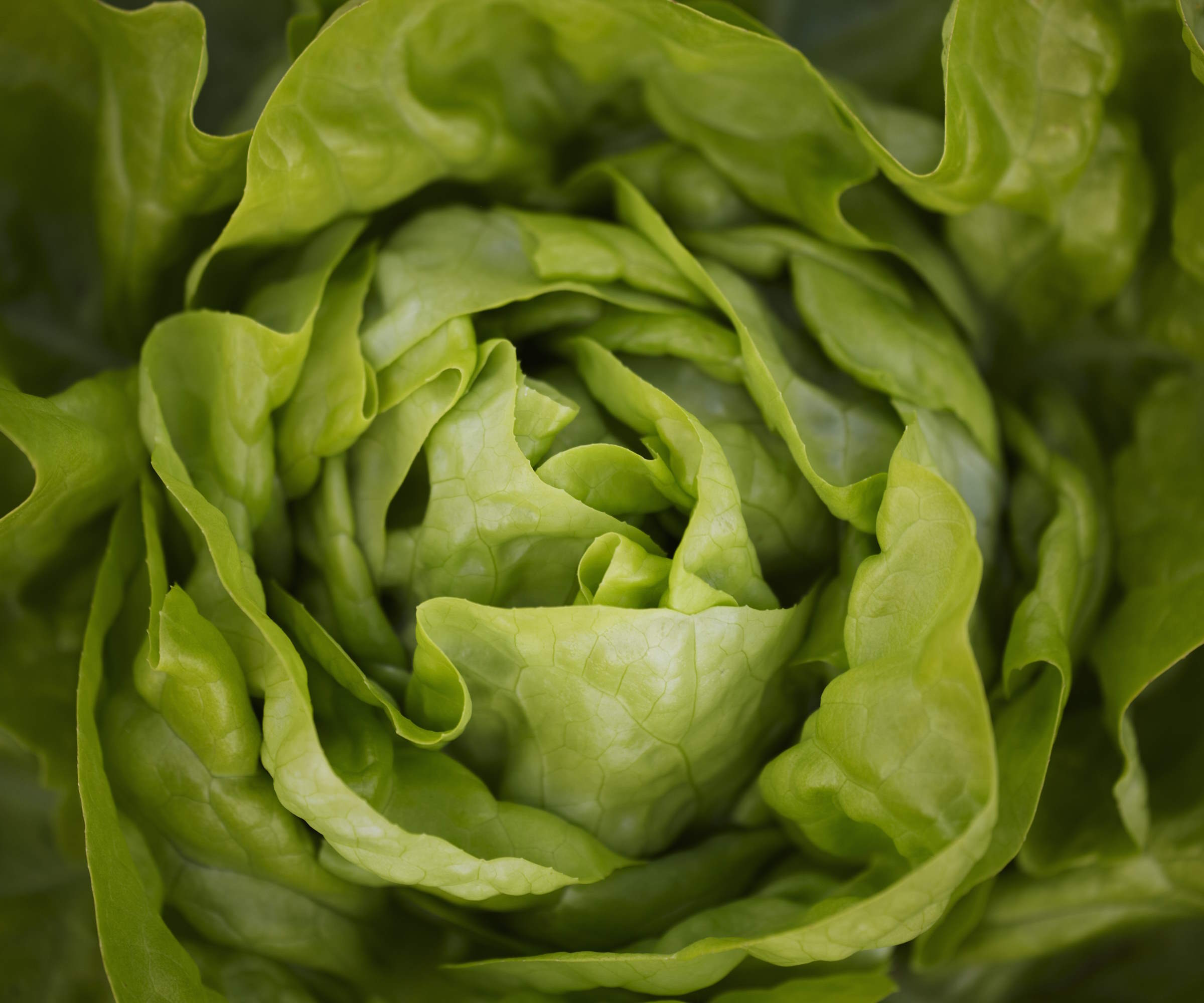
There is such a plethora of different lettuce to grow, they can come in different sizes, shapes, and colors - and not to mention the flavors, as any homegrown lettuce is going to taste worlds apart than the ones you get in grocery stores.
Lettuce is a crop that can realistically be grown and harvested year-round. Sowings can be made indoors in early March, sown into pots or trays and planted out later in spring, while outdoor sowings can be made in the second half of the month and protected by cloches or fleece. Lettuce seeds will germinate quickly at temperatures of 60-65°F and need to be kept moist.
Slugs and snails are liable to nibble seedlings as they develop in beds, so consider ways to get rid of slugs to avoid them destroying your lettuces. These sowings can be read to harvest come summer and the best varieties of lettuce to plant in March will be cos, butterhead, and salad bowl types, such as the Salad Bowl Green variety, with seeds available at True Leaf Market.
7. Parsnip

Parsnips are regarded as a winter crop, but they do have a long growing season so benefit from being planted as soon as possible in early spring.
There are a couple of caveats you need to understand when growing parsnips. Only ever use fresh seed - as the viability of old parsnip seeds drops dramatically - and do not transplant parsnips.
The root disturbance that comes from transplanting them causes parsnips to grow erratically and you will not get the long and uniform roots you want when you harvest parsnips.
The soil wants to be 52-54°F for parsnip seeds to germinate successfully, so keep an eye on the soil temperature to potentially sow in late March, or use fleece or cloches to warm the soil earlier. Sow parsnip seeds thinly around an inch deep into rows that are 12 inches apart in a spot that has been well-weeded and raked to a fine tilth for sowing.
You can see the range of parsnip seeds available at True Leaf Market
FAQs
What beans can you plant in March?
Fava beans can be planted directly into the ground in March. They are the hardiest of all the beans and can germinate at lower temperatures, as long as it is above 45°F then fava beans can germinate. Providing the ground is not waterlogged, beans can be sowed directly into the soil.
March is still too early for many other types of beans, including French beans and pole beans, and those vegetables are best sown from April onwards. The 'Aquadulce' variety of fava bean, available at True Leaf Market, is one of the most popular types to grow and can be planted either in fall or spring.
No matter what size or scale of vegetable garden you grow in - it could be a small vegetable garden, a front yard vegetable garden, or even a vegetable container garden on a deck, patio, or balcony - hopefully you may have found some inspiration for seeds to sow this month for fantastic harvests later this year.

Drew has worked as a writer since 2008 and was also a professional gardener for many years. As a trained horticulturist, he worked in prestigious historic gardens, including Hanbury Hall and the world-famous Hidcote Manor Garden. He also spent time as a specialist kitchen gardener at Soho Farmhouse and Netherby Hall, where he grew vegetables, fruit, herbs, and cut flowers for restaurants. Drew has written for numerous print and online publications and is an allotment holder and garden blogger. He is shortlisted for the Digital Gardening Writer of the Year at the 2025 Garden Media Guild Awards.

